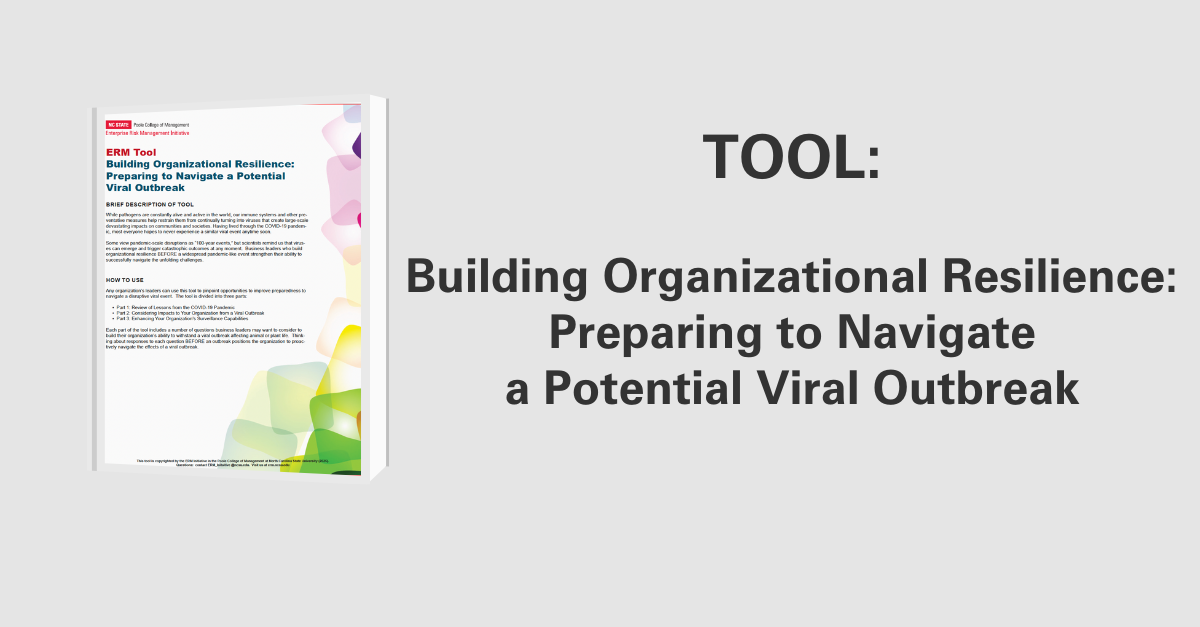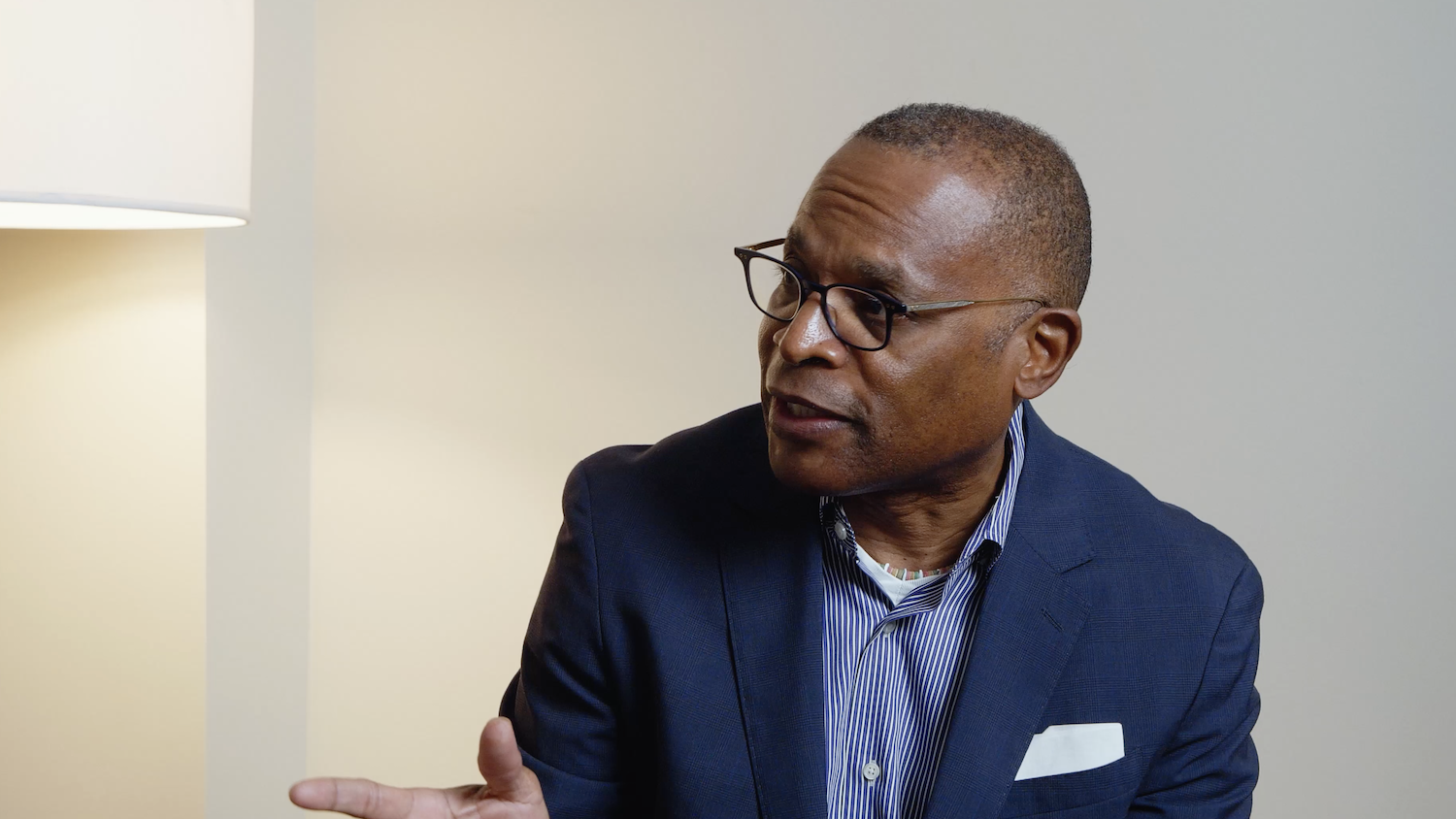Risk Mis-Management
Before the current financial crisis, the largest banks and investment firms in the United States were taking excessive risks. However, few saw these risks as firms assured investors about risky investments partly based on complex mathematical models used to measure portfolio risks. VaR, the most widely used of these models, was developed and popularized in the early 1990s. This article, authored by Joe Nocera, discusses how VaR is actually a group of related models that work by measuring the boundaries of risk in a portfolio over short durations, assuming a “normal” market. VaR is appealing because it can be used on a portfolio of several asset classes, such as equities, bonds, and derivatives, it takes into account many variables that comprise market risk, it can measure both individual and firm-wide risks, and it expresses risk as a single dollar figure.
Reliance on VAR Models
Because of these appealing features, there came to be widespread institutional reliance on VaR. Risk managers use VaR to quantify their firm’s risk positions to the board. In the late 1990s the Securities and Exchange Commission, worried about the amount of risk derivatives posed, ruled that firms had to include a quantitative disclosure of market risks in their financial statements for investor convenience, and VaR became the preferred method of disclosure. Around this time the Basel Committee on Banking Supervision further validated VaR by saying firms and banks could rely on their internal VaR calculations to set their capital requirements.
The original VaR measured portfolio risk along a normal distribution curve, where the closer an event is to the middle of the curve the more frequently it is likely to occur and the farther an event is towards the ends of the curve the less frequently it is likely to occur. Nassim Nicholas Taleb, author of The Black Swan, argues that risk models used on Wall Street do more harm than good because they do not measure the largest risks that are far outside the boundary of normal probability. He notes that catastrophes do happen and their impact is important to consider.
Limitations of VAR
One problem with using VaR to measure risk is that it is often measured in the short-term, daily or over a few weeks. Historical VaR measures portfolio risk a year or two in the future but the data used in modeling generally only cover the past two years, which prior to the current financial crisis were strong, and do not include historic periods of stress. Fitting models to more appropriate data could have helped in risk measurement.
Another problem with using standard VaR is it deals with a 99 percent probability and does not measure what may happen the other one percent of the time. What happens in that one percent can be either of a magnitude that can be dealt with or so large it causes a business to collapse, so the extremes are also important to risk measurement. Liquidity risk is one of these unmeasured risks in VaR that is central to the current financial crisis.
A third problem with VaR is, while it accounts for increased risk brought on by leverage, it does not distinguish between leverage from long-term, fixed-rate debt and loans that can be called in at any time. VaR also does not properly account for leverage employed through use of options because put options can be purchased without changing VaR. However, risk increases in this situation because a lot of money can be lost with a sharp decline in share price of the company for which an employee purchases these options.
Finally, VaR can be gamed. Compensation began rewarding employees for making profits with low risks. While on the surface this seems like a good thing, employees could manipulate VaR by purchasing products with “asymmetric risk positions” where potential losses do not show up in the VaR number. These are products like credit-default swaps, which generally generate very small gains and rarely have losses; however, losses are huge when they do occur.
Judgment Still Needed
Some argue that risk modeling is not done by computers, but by people and that while VaR may be a flawed number, it is still one of the best numbers people have to use. The 99 percent probabilities generated by VaR may not describe the entire realm of possibility, but VaR can still help in making decisions. VaR numbers can be useful because if they start to seem “off” it may mean the VaR is being calculated incorrectly or the market is not acting normally. VaR’s usefulness also increases with liquidity of the asset and the amount of history available.
JPMorgan developed VaR in the late 1980s and early 1990s when its head, Dennis Weatherstone, wanted a method to compare various asset risks and better understand companywide risk. VaR was used to measure whether new trades added to or lessened the firm’s risk and as VaR measures kept being more correct than not, reliance on it increased. Weatherstone understood both the limits of VaR and its value in helping tell him new information and make judgments about whether the firm should increase or lessen its risk.
VaR became so popular that JPMorgan spun off RiskMetrics as a consulting company in September 1998. That same month saw the collapse of Long-Term Capital Management (L.T.C.M.), a successful hedge fund famous for its quantitative trading approach and belief that is was taking minimal risk, supposedly supported by its risk models. However, instead of viewing this as a failure of risk modeling, other firms rationalized this as a human failure and thought the events bringing about L.T.C.M.’s collapse were so rare they would not occur again.
The last decade saw the Internet boom followed by the housing boom and firms and banks pushed to take more risk to take advantage of available trading profits. VaR numbers increased across Wall Street, but everything seemed manageable. The dollar number VaR is able to produce probably created some danger because everyone, investors, regulators, boards, and chief executives, forgot that number was only meant to describe what happened 99 percent of the time. The real meaning of risk was forgotten in a time when profits were easy, and companies kept putting more money at risk in the expectation of bigger gains. In this time, firms that pulled back because of caution about risk would sacrifice large short-term gains and lose out to their competitors, so there was added pressure to keep taking on more risk.
Goldman Sachs stands out in the current financial crisis as having avoided some of the losses suffered by other Wall Street firms. In December 2006, Goldman Sachs’ indicators, which included VaR, suggested something was wrong as their mortgage business lost money ten days in a row. After evaluating the situation, it was decided to rein in the risk and both sell and hedge positions on mortgage-backed securities. Goldman Sachs used VaR as a signal, allowing it to make a judgment about risk. Risk models can be useful to help discover risks but there must be awareness that the models do not measure all risks and companies also need to consider and prepare for these other risks. Risk models must be combined with human judgment to be useful.
Original Article Source: “Risk Mismanagement“, NY Times, 2009


